Bridle and Bit: Gives the mounted rider control over his horse by understanding the horse's head. It consists of a strip of cloth decorated with cast and chased repoussé gilded copper mounts. The mounts depict dragons chasing a flaming pearl, a popular motif that shows deeper Buddhist auspicious symbolism. The iron bit is called "srab lcags" in Tibetan and the two large bit rings are called "srab sgor". The mounts are "T" and "L" shaped and feature "ruyi" shaped finials. The rump: A part of the horse's mount that is essential to prevent the saddle from slipping. The rump includes the horse's tail and is attached to its back, behind the saddle. It consists of four strips of cloth, shaped like an "X" and decorated with the same style accessories as on the bridle. The middle part of the rump has a domed finial to which are attached four straps, also in gilded repoussé copper depicting a fearsome dragon. A rather rare piece of 19th century Tibetan style equestrian art, depicting auspicious symbols indicating good luck, prosperity and good fortune.
Comparable articles – The Metropolitan Museum of Art New York acc.nr. 2005.427.7 – The Metropolitan Museum of Art New York acc.nr. 2003.230.3a–e


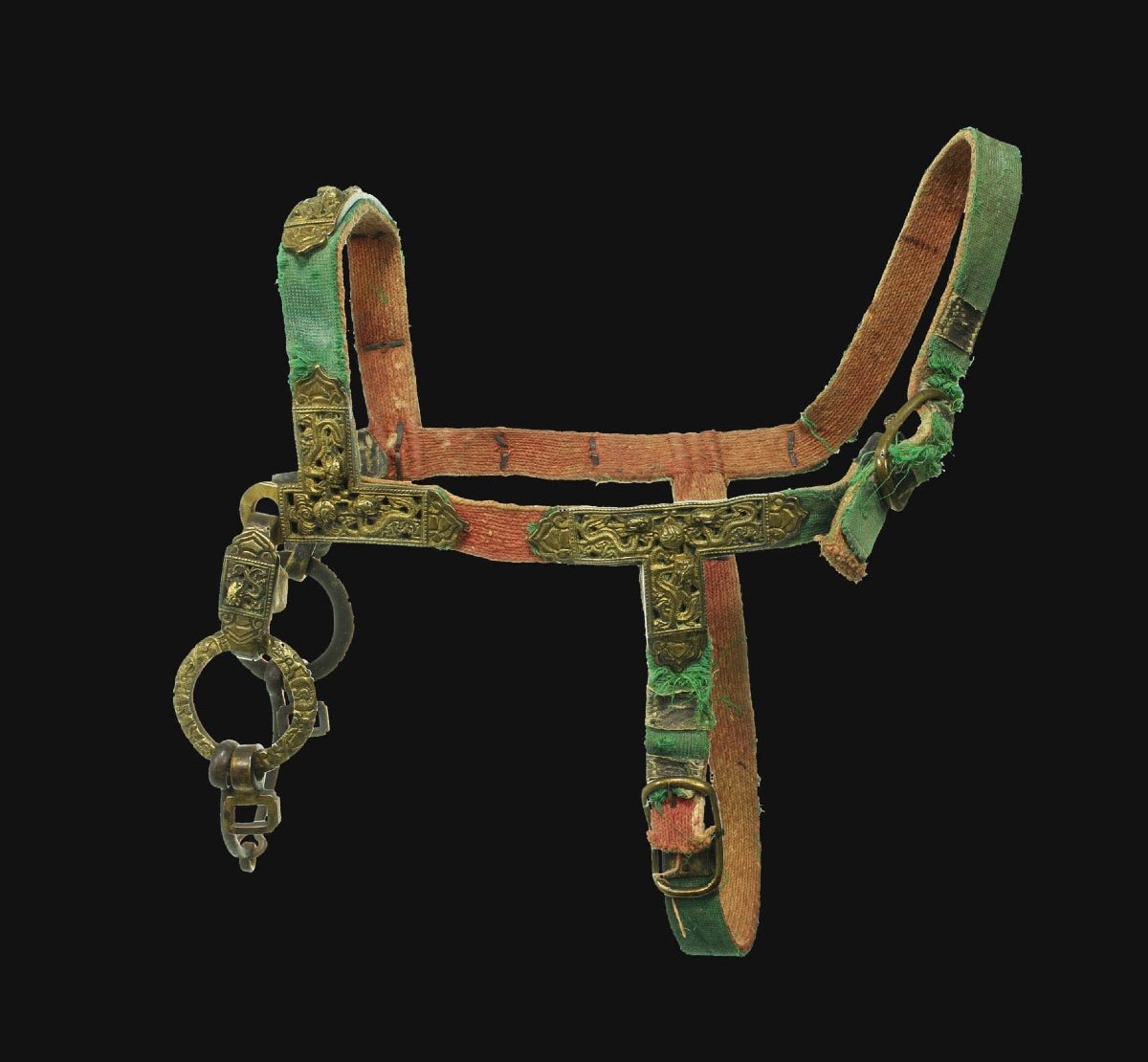












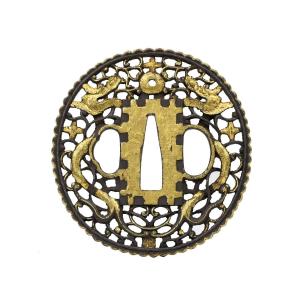


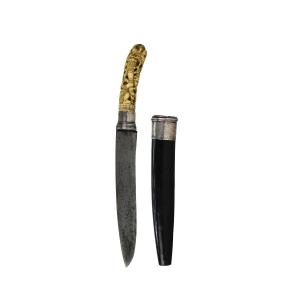


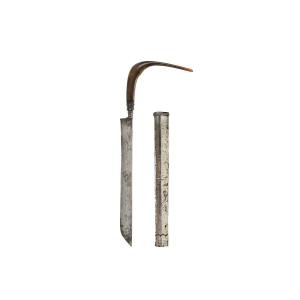
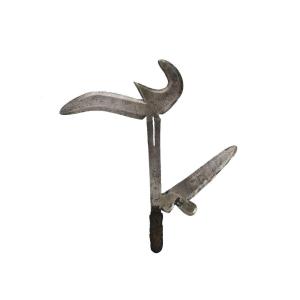















 Le Magazine de PROANTIC
Le Magazine de PROANTIC TRÉSORS Magazine
TRÉSORS Magazine Rivista Artiquariato
Rivista Artiquariato